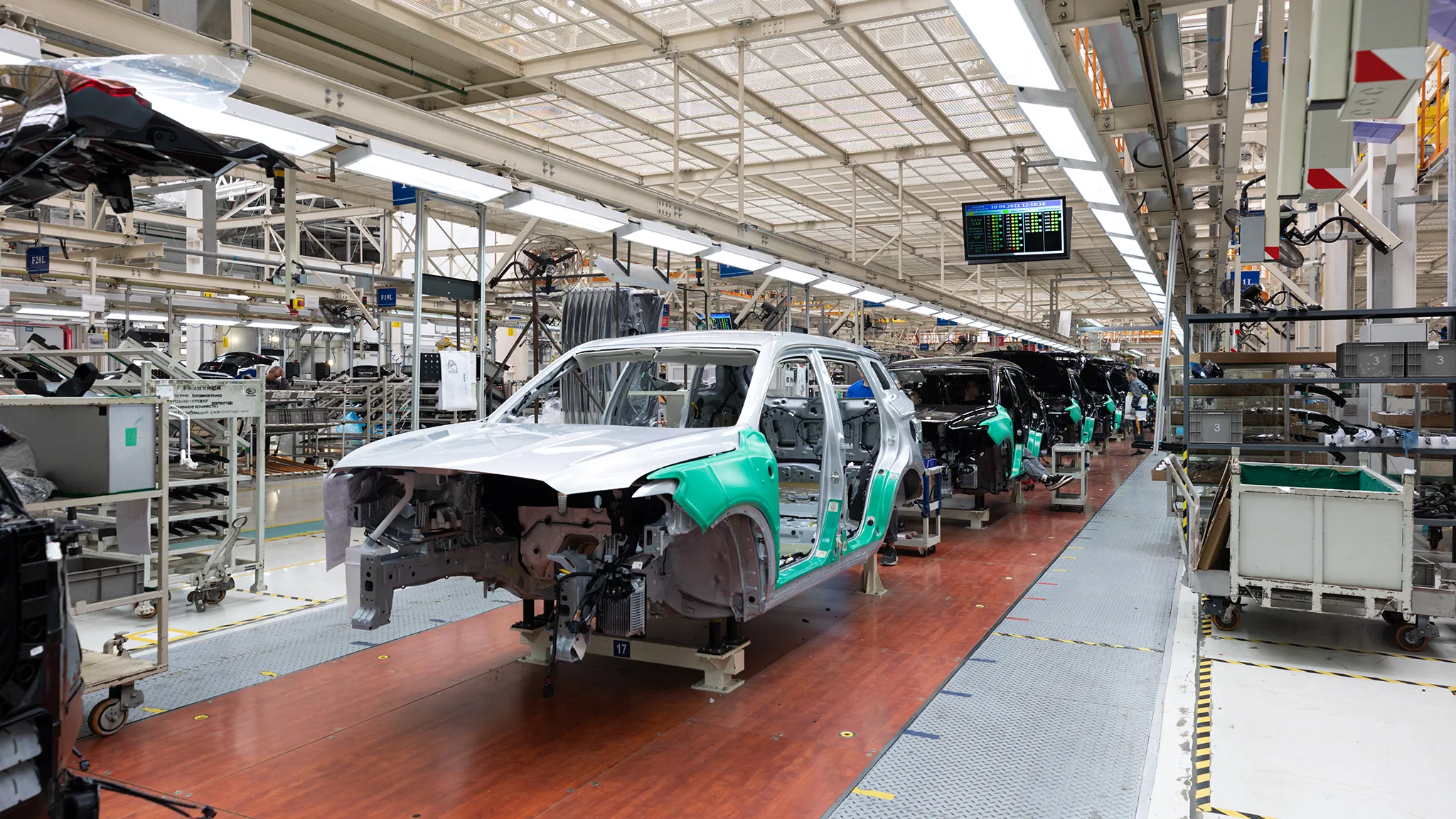Donald Trump’s decision to impose a steep 25 per cent import duty on automobiles and auto parts has unleashed a tsunami across the global auto industry. The move, effective from April 2, has thrown forecasts into disarray and left companies scrambling to reassess their strategies. In an era defined by intricate global supply chains, the repercussions of these tariffs are complex and far-reaching, making it difficult to immediately discern clear winners and losers.
Globalisation Hits Reverse Gear
The post-liberalisation era of the 1990s championed manufacturing efficiencies and just-in-time delivery, propelling companies to become global players. This drive for competitiveness saw vehicles and components crisscrossing borders multiple times during production. India too joined this global dance, with companies like Mahindra, Tata, Bajaj Auto, and Ashok Leyland exporting vehicles and components worldwide. This intricate web of international trade is now under threat as protectionist measures gain traction.
Indian Auto Sector Feels the Pinch
For India’s auto sector, the tariffs pose significant challenges. Tata Motors’ Jaguar Land Rover, with a substantial portion of its sales in the US, is particularly vulnerable. Indian component manufacturers like Bharat Forge and Sona BLW, heavily reliant on US revenue streams, also face considerable risk. Research suggests that nearly 29 percent of India’s auto part exports head to the US. Investors in the Indian auto sector, previously riding high, are now rattled, evident in the Nifty Auto index’s sharp 22 per cent fall from its September peak, dwarfing the broader market decline.
Uncertainty and Glimmers of Hope
The situation is further complicated by the anticipation of reciprocal tariffs from the US, potentially adding another 11 per cent burden for Indian players. However, amidst the gloom, there are voices of measured optimism. Reports citing the Global Trade Research Initiative highlight that India’s passenger car exports to the US are minimal, accounting for less than 1 per cent of total car exports. Moreover, these tariffs apply universally, maintaining India’s competitive edge against other nations with efficient and reliable auto industries. There’s also the possibility of Trump’s move backfiring, as US automakers themselves rely heavily on imported components. Reports indicate that major US manufacturers assemble a significant portion of their vehicles outside the country, with domestic content in some cases being surprisingly low.
The road ahead for the auto industry is anything but smooth. While the immediate impact points towards increased vehicle costs in the US and potential inflationary pressures, the long-term consequences remain fluid. Companies will need to navigate a landscape riddled with uncertainty, adapting to evolving trade policies and market dynamics.
What next for the auto sector? Expect a period of volatility as companies strategise and markets react to these tariffs. Resilience and adaptability will be crucial for survival and growth in this new era of global trade.










Leave a Reply